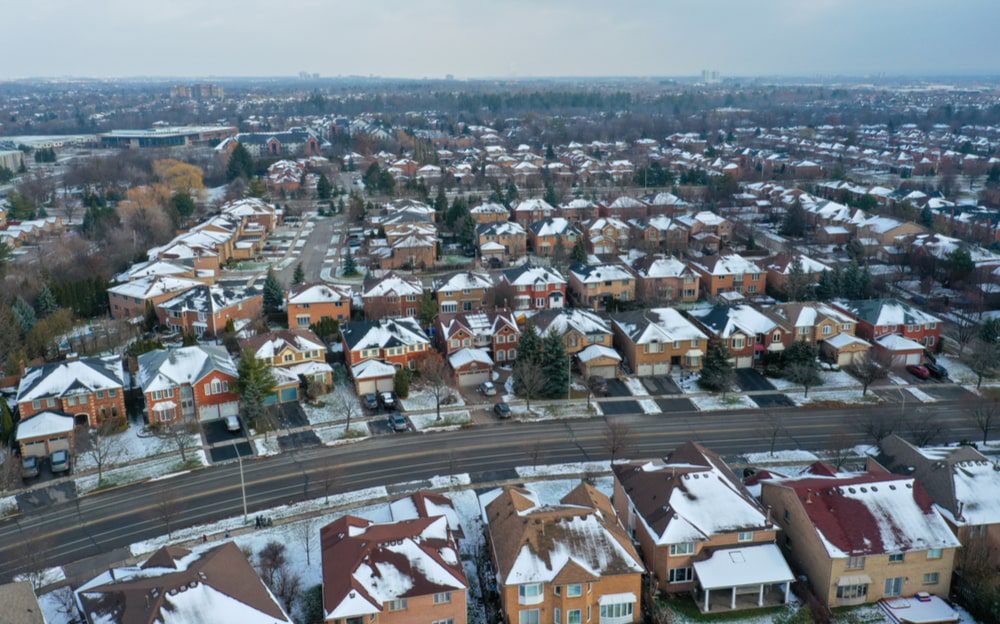
February 06, 2023
Market Trends
RYPM
Between the pandemic, an uncertain economy, and rising
interest rates, Ontario homebuyers and owners have spent the last two and a
half years on a rollercoaster.
As a sense of normalcy returns and we slowly emerge from the
pandemic, a new report from Teranet lends new insight into the trends and
behaviours seen in Ontario’s real estate market pre-(before March 2020),
during, and post-(April to December 2022) COVID-19.
According to the data, transfer volumes reached
“unprecedented heights” during the pandemic, peaking in late 2020 and again in
the summer of 2021 as the initial market shock subsided. A third, albeit
smaller, peak was seen in early 2022, but a decline began in Q3, likely due to
the effects of the Bank of Canada’s interest rate hikes. As of December 2022,
the year-over-year declining trend appears to have plateaued.
![]()
Average transfer values started to steadily rise in Q1 2021,
but began to decline in July 2022 — a descent that continued throughout the
remainder of the year. After peaking at $900K in June 2022, the average land
transfer value fell 23% to $736K in December.
“These indicators all confirm that the slowdown in the
housing market has commenced as widely cited and will likely continue into the
new year,” the report noted.
![]()
When looking at home purchase volumes by buyer segment, the
data shows a fairly even allocation across first-time buyers, multi-property
owners, and other buyers, such as those moving to Ontario from abroad. Activity
across all buyer segments began to rise as the pandemic hit, peaking in Q4 2020
and once again in Q2 2021, as Ontarians adjusted their living arrangements.
During the latter peak, multi-property owners began to “pull
ahead” of other buyer groups in terms of purchase volumes, Teranet says, a
trend that continued into Q4 2022. That group is now the dominant purchasing
group in the province in both condo and non-condo properties. In contrast,
purchases by first-time homebuyers and movers have steadily declined since Q2
2022 as rising home prices and interest rates pushed them to the sidelines.
The report found that the mover segment of buyers — those
moving from one sole property in Ontario to another — consistently paid the
most for their home purchases. The gap in average transfer value between movers
and first-time homebuyers sat at roughly $140K in 2019; it peaked at $430K in
Q2 2022, but has since fallen to $205K as of Q4 2022.
![]()
While a mass exodus from urban areas to suburbia was widely
reported during the pandemic, such a phenomenon only occurred in a significant
sense amongst the moving-homes segment. A 135% annual increase in movers
leaving the GTA was reported in Q2 2021.
There was also a marked increase in those choosing to leave
the City of Toronto during the pandemic. Movers leaving Toronto for areas
outside the GTA increased by nearly 200% year over year in Q2 2021.
However, the faction of Ontarians leaving urban areas
remains a “small segment of the overall market,” the report noted, adding that
despite pandemic restrictions lifting and people returning to the office, there
has not been an uptick in people returning to cities.
The final drop on Ontario’s rollercoaster of a real estate
market relates to refinancing. Activity dipped after the initial onset of the
pandemic, but began to rise at the end of 2020 as home values jumped and
interest rates remained low. However, once rate hikes began in March 2022,
volumes dropped drastically, with Q4 2022 posting the lowest quarterly
refinance volume in the past ten years.
Teranet noted that it will continue to monitor the trend,
and anticipates “some increase in activity due to trigger rates coming into
effect.”
Recent Posts













